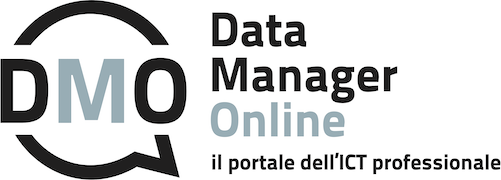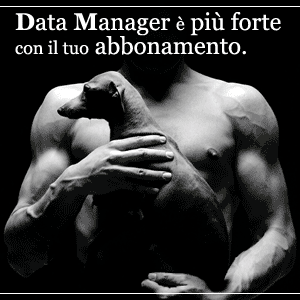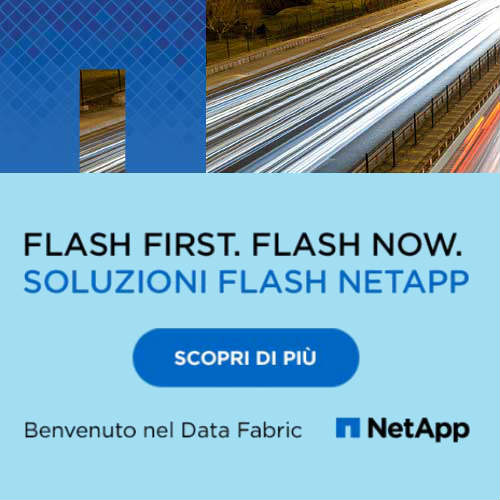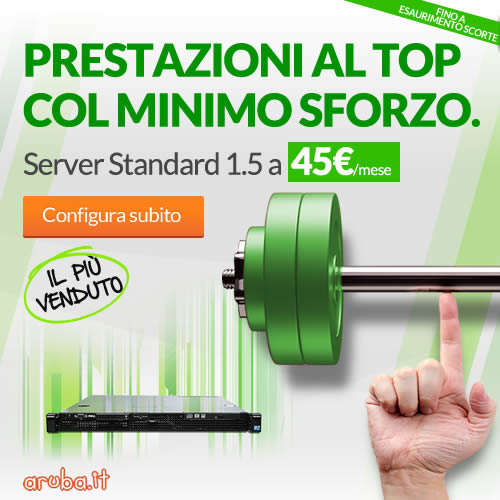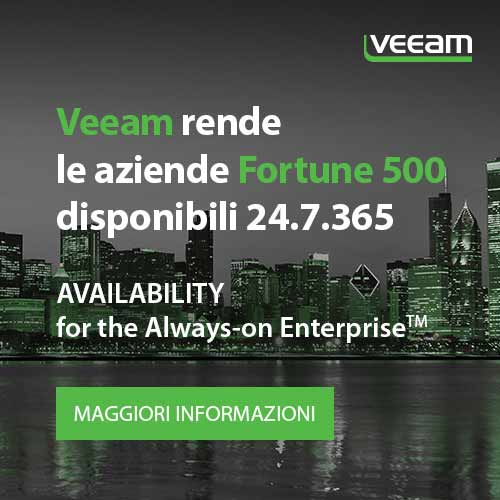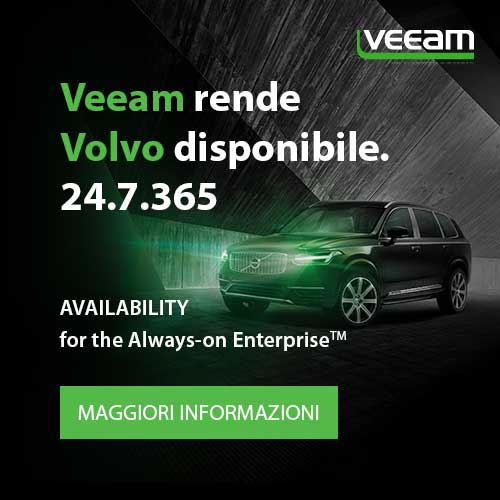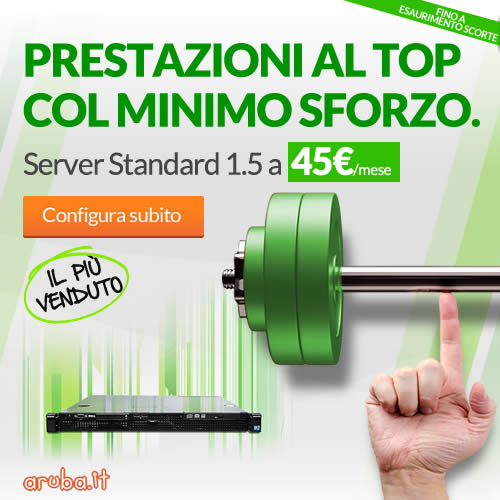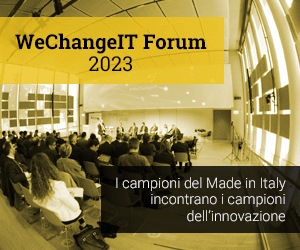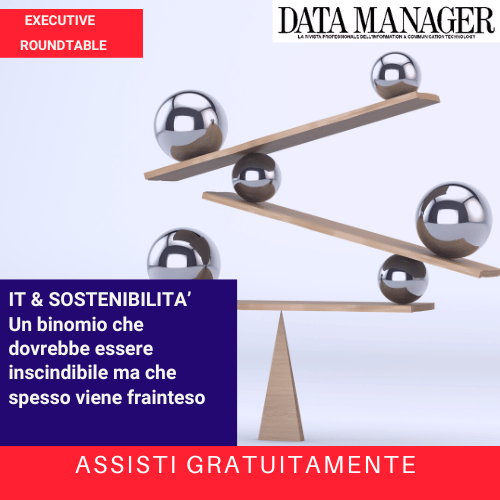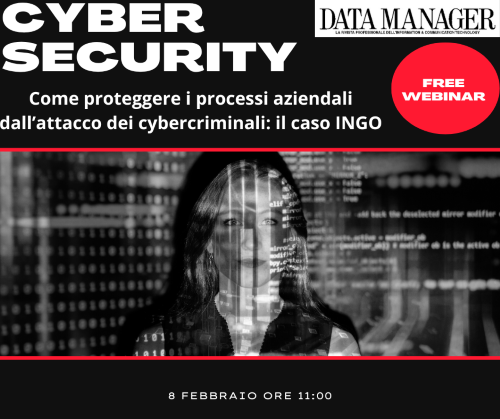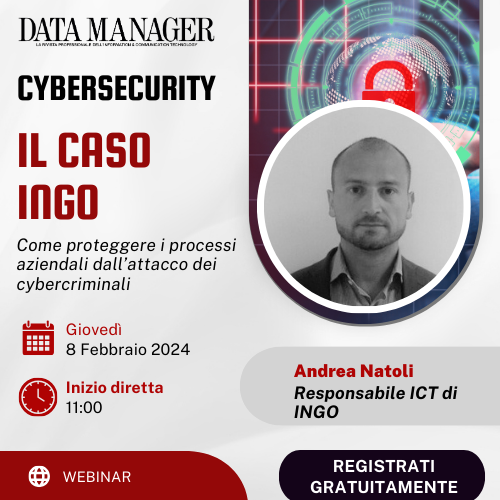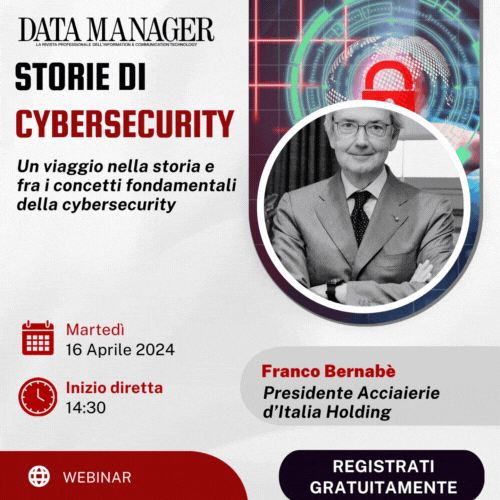Analysts Highlight IT’s Role in Five Critical Integration Phases
While merger and acquisition (M&A) activity dipped during the recession, it is widely expected to rise again, especially strategic M&As, in which one company buys and integrates another, as opposed to pure financial plays. IT’s role is becoming ever-more-critical in ensuring integration success, and Gartner’s Executive Programs analysts said CIOs in both the public and private sectors must develop world-class M&A integration capabilities.
Gartner Executive Programs analysts said that M&As are among the biggest challenges for enterprises and their IT organisations to navigate and that conventional leadership and management techniques often are not enough.
“Reaping the benefits of a merger or acquisition is a notoriously tricky business. There is no established governance body spanning the whole organisation, there are normally aggressive goals and time frames, and there are often many surprises along the way, as each side learns about the other,” said Dave Aron, vice president at Gartner. “On top of all this, the business must continue to serve clients, run operations and execute in the face of major, often disruptive, integration activity, making IT’s role in M&As critical.”
Mr Aron explained that IT plays a key role, along with other parts of the business, in five critical M&A integration phases:
1. The Due Diligence/Planning Phase, in which a basic plan of action is sketched out. In the most successful integrations, integration planning happens concurrently with due diligence and data gathering, with an initial hypothesis that is refined as information becomes available. That integrations must be conducted quickly is a myth. Rather, planning and communication should be conducted as quickly as possible. The speed of integration depends on the context and goals.
2. The Welcome/Signalling Phase, in which a limited number of visible changes are instituted to signal the new reality that the merged organisation brings. Tactics include giving everyone harmonised e-mail addresses, phone accounts and security badges, and moving key people to different physical locations. Important outcomes centre on setting expectations, reducing uncertainty and motivating key staff.
3. The Initial/Commercial Phase, in which the most urgent practical changes are instituted. This initial phase of the actual integration addresses urgently needed outcomes, which vary depending on the nature and goals of the integration. Common activities include addressing legal and regulatory issues and achieving transparency through integration of financial and management information. Other goals may include presenting one face to the customer and addressing human capital management disparities. Execution risk is highest during this phase, as a high level of personal uncertainty, along with transitional governance and project management, normally exist.
4. The Main Integration Phase, in which most of the big process and system changes are executed. In this main phase of integration, the pieces of the post integration landscape are put in place over time, in a series of waves. For absorption-style integrations, it means bringing everything in the target organisation onto the parent platform. For best-of-breed-style integrations, it means putting the integration architecture in place.
5. The Reap-the-Benefits Phase, in which the remaining benefits such as cost synergies or increased market share are harvested and monitored. This phase can also help capture lessons for subsequent M&A activities and other major transformations.
“A good rule of thumb is that roughly 25 per cent of a typical M&A integration effort will come from IT, but the time and effort that each phase requires from IT vary significantly,” said Mary Mesaglio, research director at Gartner. “For example, a large amount of IT resources is typically needed for a relatively short time in the initial/commercial phase, whereas a smaller, but still substantial, IT effort is needed over a longer period in the main integration and reap-the-benefits phases.”
Each phase of integration breaks down into workstreams — with IT representing one workstream, while functional areas and business units represent others. IT also normally has a role in the other workstreams, uncovering their dependencies and coordinating between them. The IT workstream normally breaks down further into substreams, such as data conversion and end-to-end integration testing. This creates complex areas of activity requiring high degrees of coordination, project management and governance both within IT and with other business workstreams. In organisations where IT traditionally has strong project and service management skills, IT has an opportunity to play a larger role in the integration.
The different phases of integration may have multiple subphases, or waves — particularly Phases 3, 4 and 5. For example, Phase 3 may have a pilot wave to prove, with minimal risk, that the integration approach works. Similarly, Phases 4 and 5 may be implemented first by geography or by line of business to reduce effort and risk, and to maximise improvement through ongoing learning. Phases may also overlap — especially the due diligence/planning phase, which may continue through Phases 2 and 3.
“M&A integrations are among the most challenging situations that CIOs and their IT organisations will ever face, and they are fraught with risks. However, they also present a powerful opportunity to demonstrate the capabilities and business value of IT, and to stretch the performance of IT team members,” said Mr Aron. “While successful M&A integration does not rely exclusively on the CIO and IT, they bear a large part of the burden, since integrating people, operations, information and processes requires significant technology investments.”
Additional information is available in the Gartner Executive Programs report “Mergers and Acquisitions: Integration Without Tears.” The report is available on Gartner’s website at http://www.gartner.com/resId=1384319.
